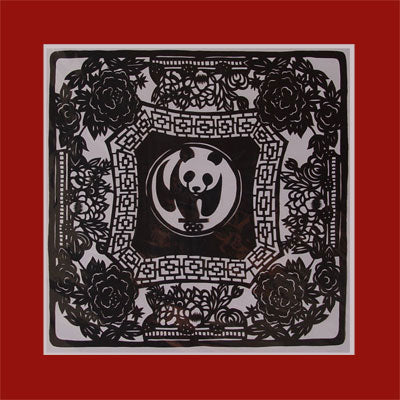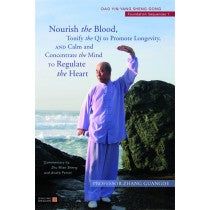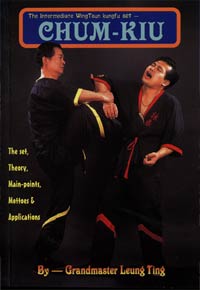Panda Chinese Paper Cutting or Jianzhi Wing Lam Enterprises
$ 7,95 $ 4,77
Chinese Paper Cutting or Jianzhi (Chinese: 剪纸, jiǎn zhǐ) is the first type of paper cutting design. Chinese paper cutting is a unique art form and has existed for thousands of years with a long history featuring both national and regional themes. Paper began as a precious commodity in the Han Dynasty. Most of the people with access to paper for an entertainment cause such as art were usually nobles in royal palaces. The Song Dynasty scholar Chou Mi mentioned several paper cutters who cut paper with scissors into a great variety of designs and characters in different styles, and a young man who could even cut characters and flowers inside his sleeve. The oldest surviving paper cut out is a symmetrical circle from the 6th century found in Xinjiang, China.
From the 7th to 13th century, paper cutting became popular especially during Chinese holiday festivals. The art spread to the rest of the world in the 14th century. Throughout the Qing Dynasty many paper cutting skills were developed including drafting and the use of smoked papers. By the end of the Qing ruling however, new art forms were being introduced. The Republic of China of Taiwan later tried to revive the art in the 1980s.
In the rural countryside in mainland China, paper cutting is a traditionally female activity. In the past, every girl was expected to master it and brides were often judged by their skill. Professional paper cutting artists are, on the other hand, usually male and have guaranteed incomes and work together in workshops.
Paper cuttings are chiefly decorative. In Chinese culture it can reflect many aspects of life such as prosperity, health, or harvest. Entrances are decorated with paper cut outs are supposed to bring good luck. Some cuttings represent stories about the happiness gained from the accomplishment of common goals.
Use this ancient art to ornament walls, windows, doors, columns, mirrors, lamps and lanterns in homes and offices. Some are matted and all would look great as framed art. Frame it and give it as a gift.
11.5″x11.5″
Fast Shipping and Professional Packing
Thanks to our longstanding association with UPS FedEx DHL and other top global carriers, we are able provide a range of shipping options. Our warehouse staff are highly trained and will be able to pack your goods in accordance with the exact and precise specifications. Your goods are thoroughly checked and properly secured before shipping. We ship to thousands customers every day from all over the world. This shows how we're dedicated to becoming the biggest retailer online in the world. The distribution centers and warehouses distribution are in Europe and the USA.
Orders that include more than one item are given processing time in accordance with the item.
Before shipping before shipping, we'll inspect thoroughly the items you've ordered. Today, most orders will be delivered within 48 hours. Delivery is expected to take between 3 and 7 days.
Returns
The stock is constantly changing. It is not managed entirely by us, since we are involved with multiple parties such as the factory and the storage. The actual inventory can change at any moment. It's possible that the stock may run out after your order has been placed.
The policy is for 30 days. If you have passed 30 days without a trace since the purchase and we are unable to offer an exchange or refund.
The item cannot be in use and must be in its original condition. You must have the item in the original packaging.



































